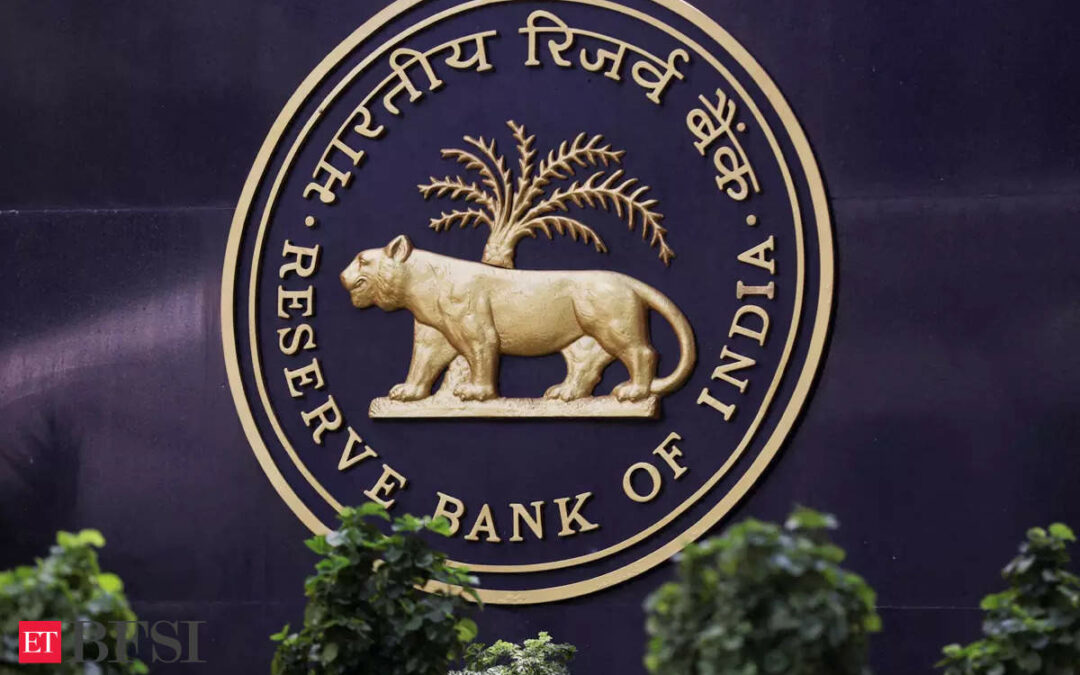India can achieve a growth rate of 10 per cent in the next decade and become the second-largest economy by 2032 and the largest by 2050, given the energies and transformation driving the nation to overcome its challenges, said RBI Deputy Governor Michael Debabrata Patra. He was delivering a keynote address on The Indian Economy: Opportunities and Challenges at Nomura’s 40th Central Bankers Seminar in Kyoto, Japan on March 25.
India’s growth trend is on the cusp of a post-pandemic upshift, with early signs of it rising above 7 per cent recorded during the 2000s before COVID-19 struck, he said.
“India’s recent growth performance has surprised many, triggering a flurry of upgrades. For instance, the International Monetary Fund (IMF) has cumulatively revised its forecast for 2023 upwards by 80 basis points between April 2023 and January 2024,” Patra said.
In its latest update, IMF expects India to contribute 16 per cent of global growth, the second largest share in the world in terms of market exchange rates.
By this metric, India is the fifth largest economy in the world and positioned to overtake Germany and Japan within the ensuing decade.
In purchasing power parity (PPP) terms, the Indian economy is already the third largest in the world.
The tailwinds driving the growth, the deputy governor said, include favourable demography, the rupee being among the least volatile currencies in 2023, and transformative change leveraged on technology.
Patra further said inflation in India is moderating after surging on multiple and overlapping supply shocks from the pandemic, weather-induced food price spikes, supply chain disruptions and global commodity price pressures following the Russia-Ukraine conflict.
However, inflation in India peaked early in response to coordinated monetary-fiscal policies to anchor inflation expectations and dissipate idiosyncratic food price pressures, he said, adding that inflation has fallen back into the tolerance band since September 2023.
“Given the innate strengths, I described and the energies and transformation that are driving the nation to overcome its challenges and achieve its aspirational goals, it is possible to imagine India striking out into the next decade with a growth rate of 10 per cent.
“If this is achieved, India will become the second largest economy in the world not by 2045 as shown earlier, but by 2032 and the largest economy by 2050,” Patra said.
As regards the challenges before the country, he said the contribution of labour to value added in India compares poorly in a cross-country perspective – in terms of appropriate skills for a specific job, only 51 per cent is employable, highlighting the criticality of the upskilling missions that are underway, such as Skill India that aims to bridge the skill gap and enhance employability.
Increasing female labour participation is a key challenge, he added.
“India’s manufacturing and services must find expression in global markets – make in India for the world,” he noted.
The senior RBI official stressed that intensified efforts are needed to raise India’s exports of goods and services from USD 768 billion or 2.4 per cent of the world total to USD 1 trillion each for merchandise and service exports or 5 per cent of the global total by 2030.
The potential exists in the form of sectors like IT and digital services, value-added agricultural products, high-value tourism, financial services, retail and e-commerce, he said.










